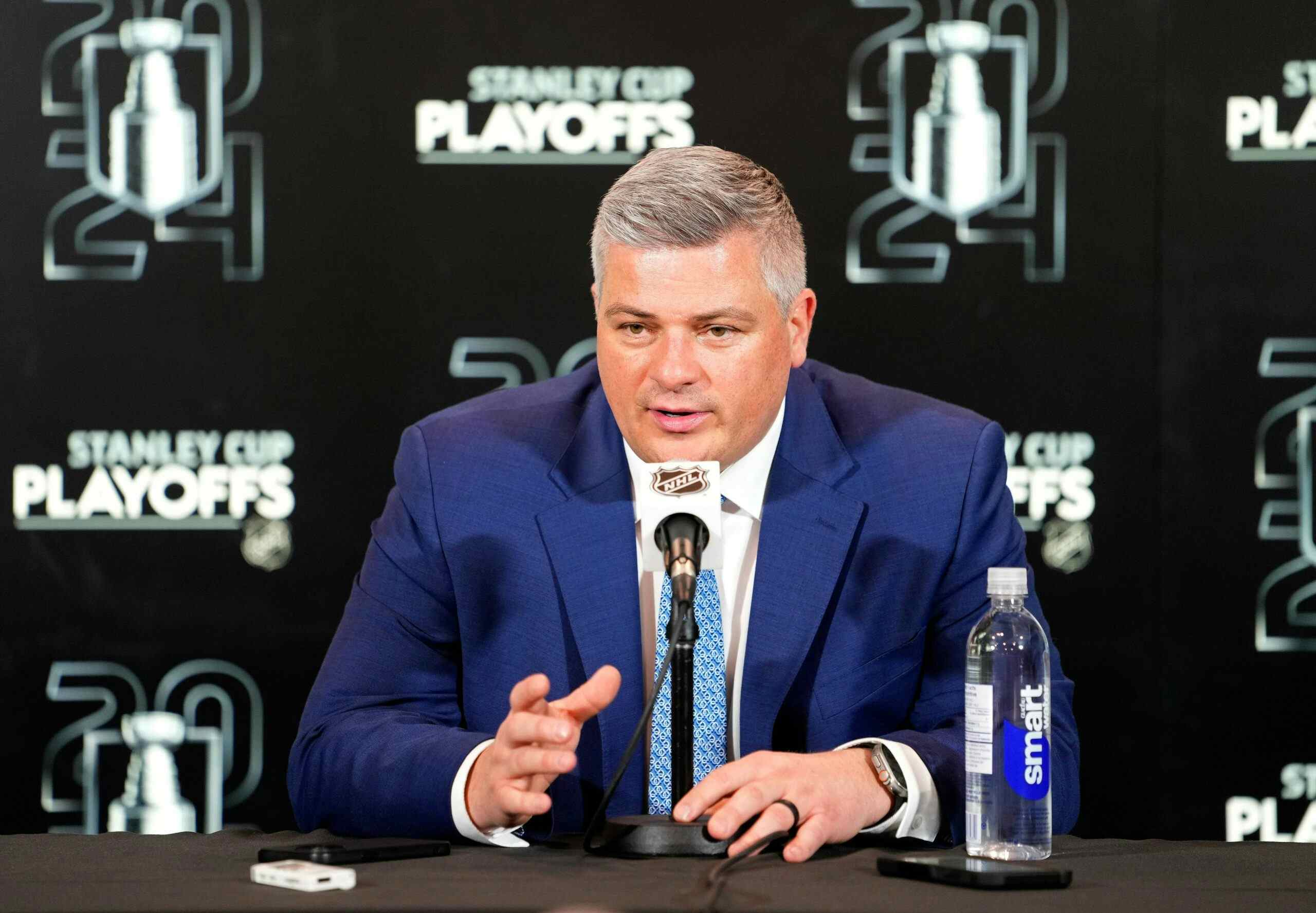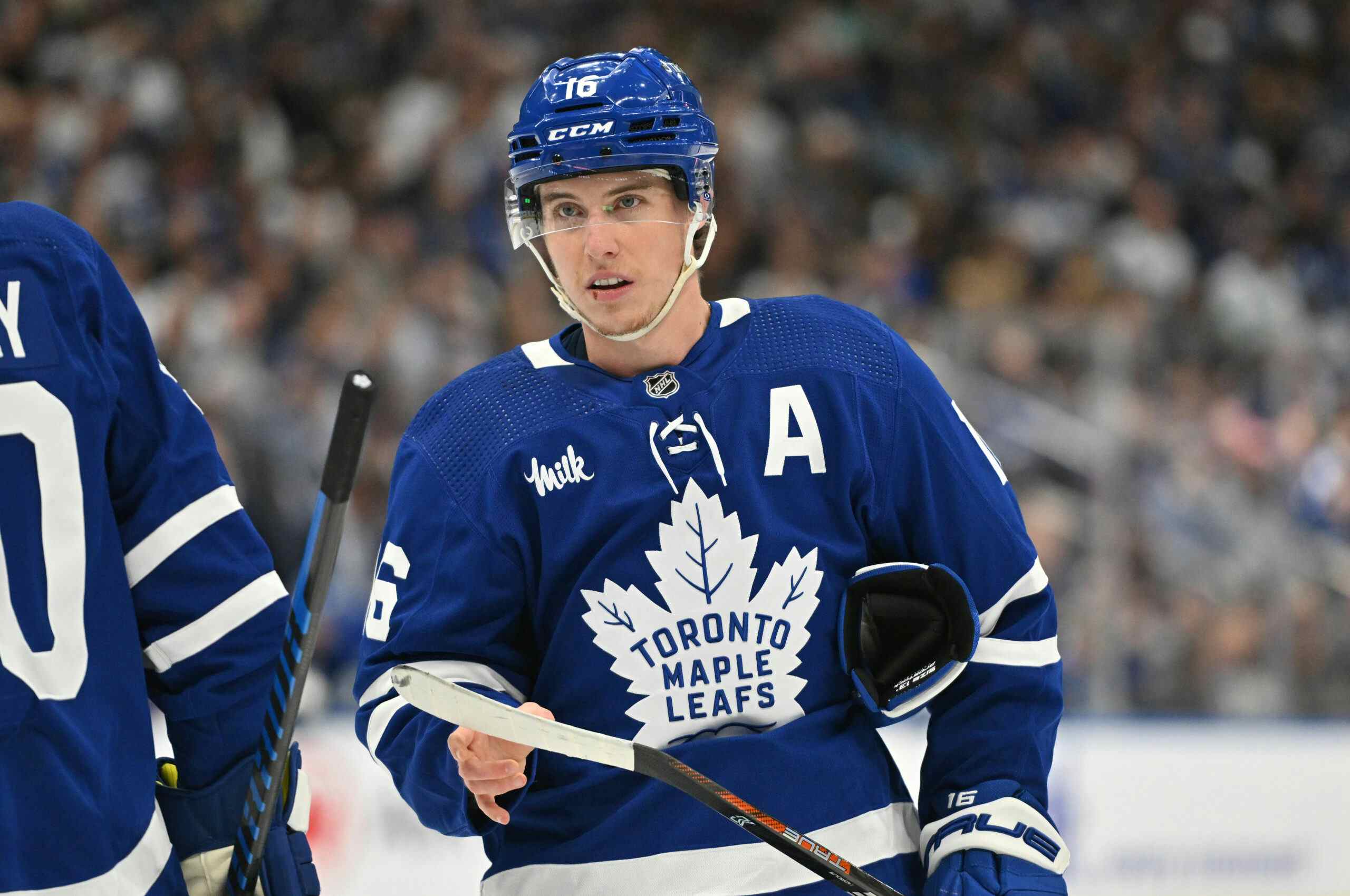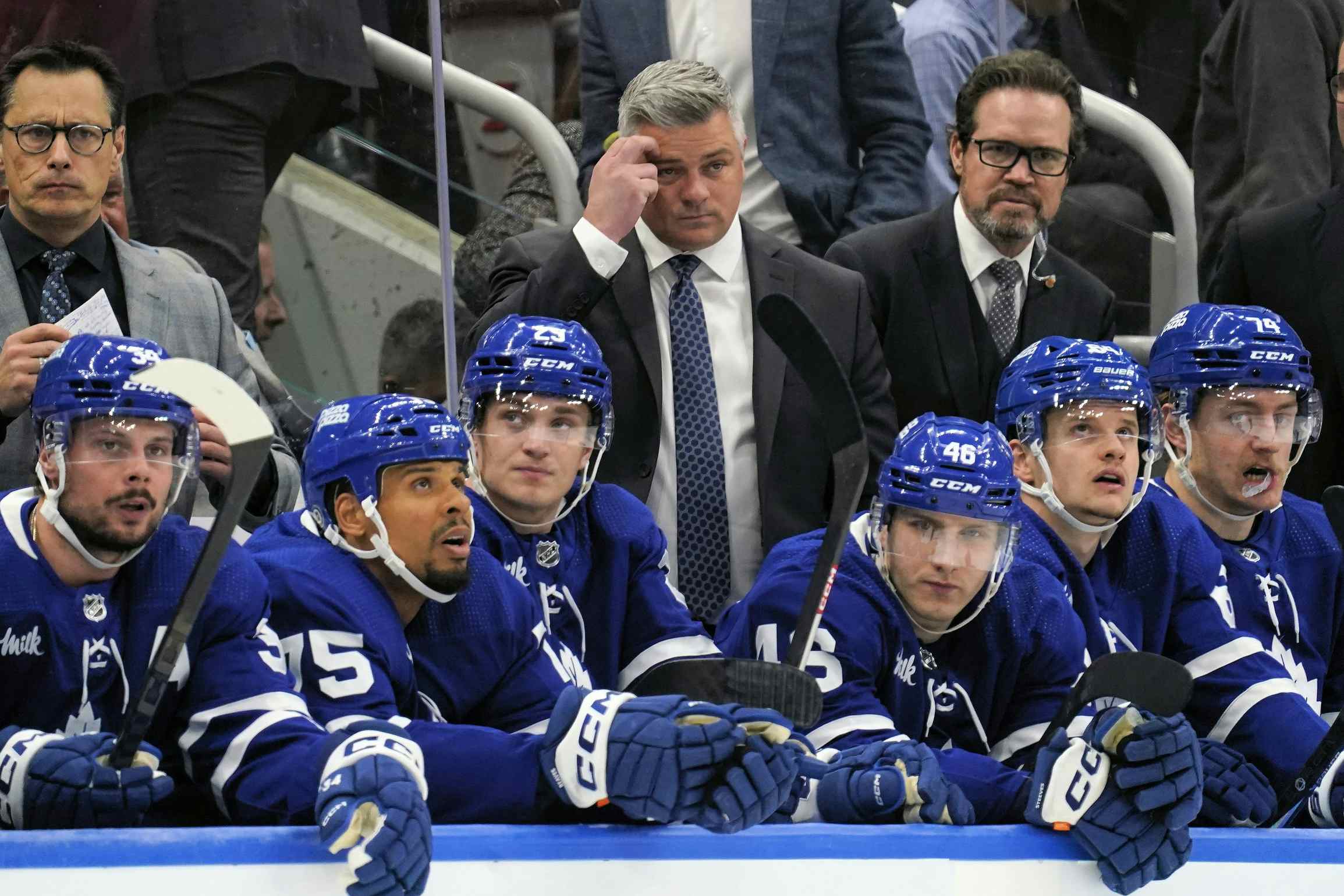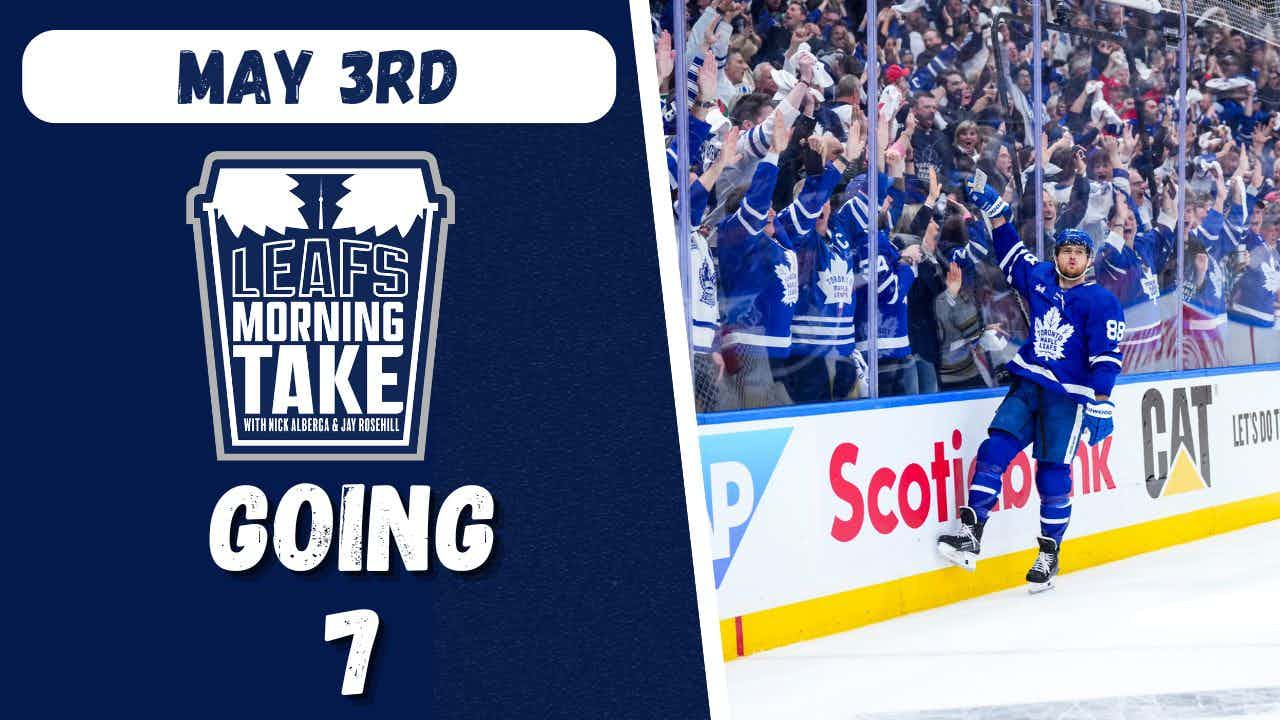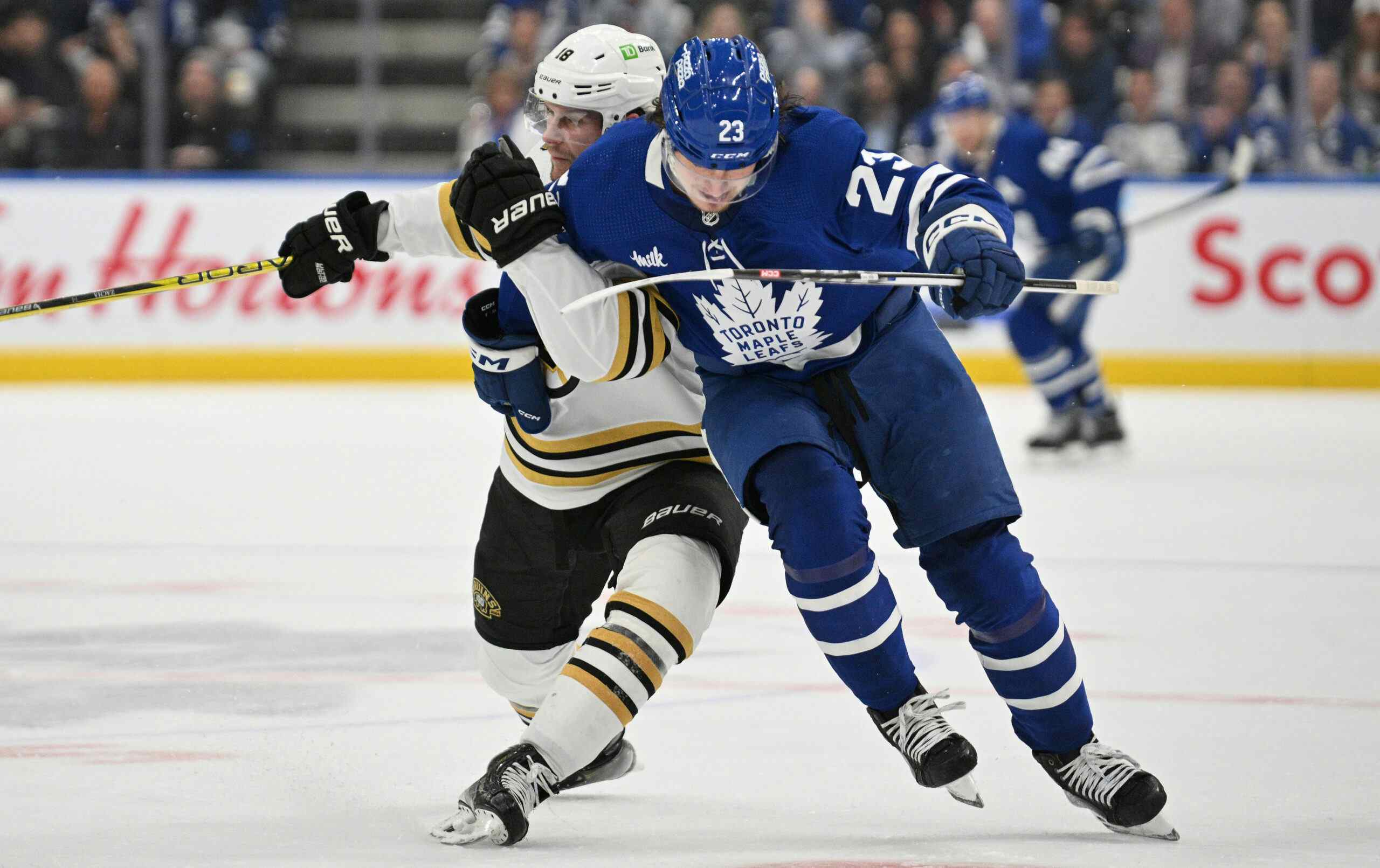RFAs, the Series: William Nylander
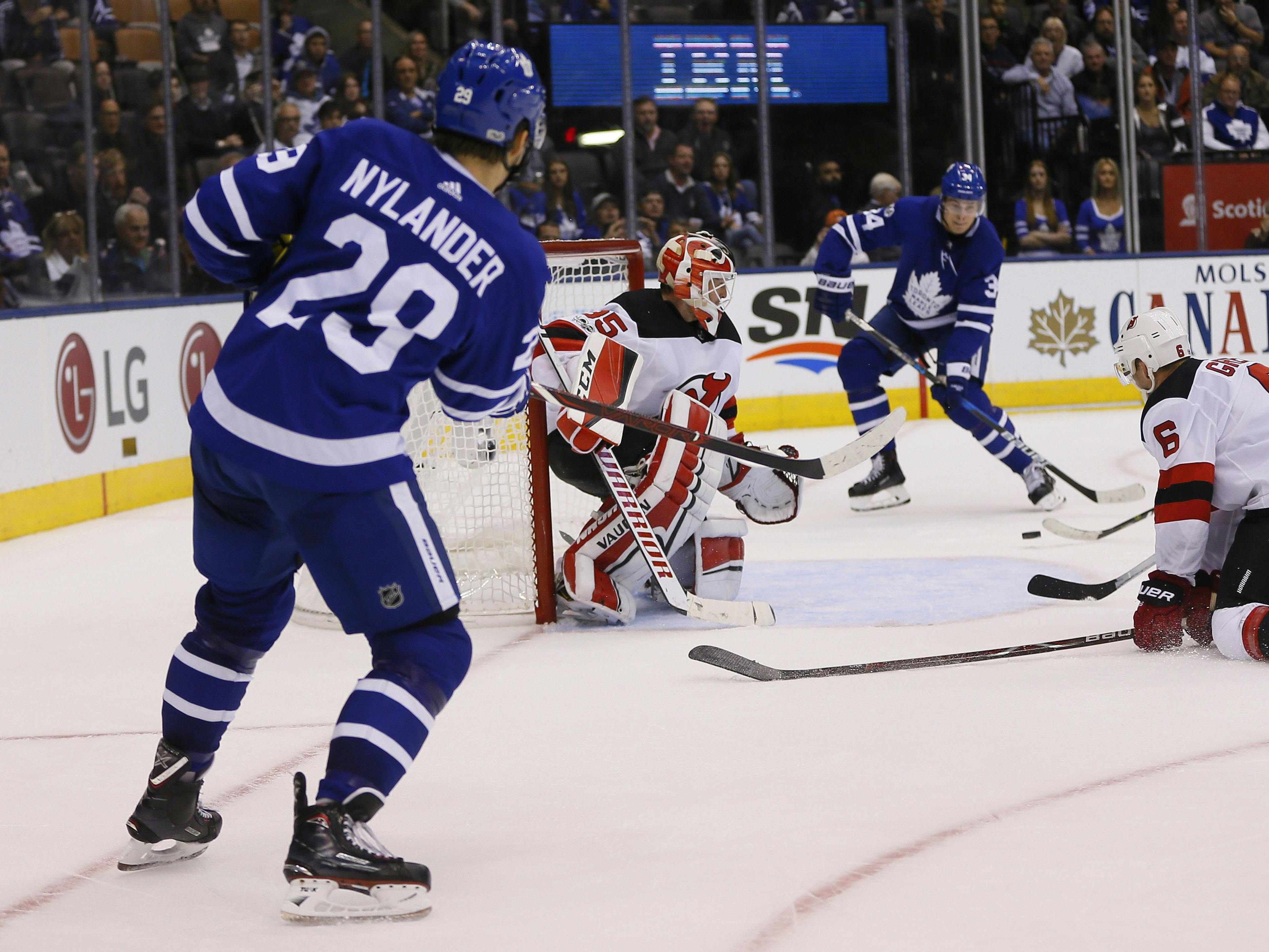
By Ryan Hobart
5 years agoThis year’s RFAs series is starting out with a big one: William Nylander.
The goal of this series is to take a look at what we’ve seen from Nylander so far, what what we expect to see from him in the future, and how that should translate to his contract, which is due to be re-signed on July 1st. At that time, he will become a Restricted free agent, which means the Leafs hold on to his rights despite the fact that his contract has expired.
The Player
The former 8th overall pick, by Dave Nonis of all people, has grown into quite a star for the Maple Leafs. With a little over 2 seasons in the NHL under his belt, he’s become a huge offensive threat for the team and has looked elite at times, usually when connecting with Auston Matthews.
Nylander first joined the team during 2015-16 and the tank for Auston Matthews, clearly identifying himself as an NHL talent already at just 19 years of age.
He then made the team out of camp, along with Matthews, and the third muskateer Mitch Marner, in the 2016-17 season. Since then, his line with Matthews and Zach Hyman has grown into the #1 offensive line for the Maple Leafs.
The Numbers
As an individual, Nylander has been very good since joining the Leafs in the NHL, especially in the last two seasons playing on the top line for them. He’s scored 61 points in each of the last two seasons, which is definitely in first-liner territory. He has also posted a respectable 51.1% Corsi For (shot attempts), and scored 1.46 primary points per 60 minutes, also in first-liner territory.
As a line, the Hyman-Matthews-Nylander combo has been excellent, with a 60% Goals For ratio and a 53% Corsi For ratio over the last two seasons.
It’s not hard to say that Nylander, as a player, and the line, as a trio, have each had a tremendously positive impact.
What is difficult is, when three players have almost exclusively played with each other, trying to isolate one player’s contribution to that effort. We will try to do so in a basic fashion here.
To me, one of the easiest ways to do this is individual points %. This stat looks at each goal that was scored while the player was on ice, and how many of those goals that player got a point on. Some more explanation can be found in this post by Travis Yost.
This is a simple division of stats that are available from corsica.hockey. You take the player’s primary points, and divide it by the number of goals that were scored while the player’s on-ice goals for. For this, however, I’m going to use primary points instead of points. The reason we look at primary points is that the nature in which secondary assists are earned, and the inconsistent way they’re tracked leads to a “noisy” relationship. By noisy, we mean that there’s no real connection between the earning of secondary assists and any repeatable skill. This piece from Noah Davis and Michael Lopez looks at the angle of recording assists, and Eric Tulsky looked at the correlation between year 1 and year 2 secondary assists, what we would define as “repeatability” and found no relation in this piece.
I’m also interested in individual points % (not primary) on the powerplay for Nylander. With the number of passes that are strung together on the powerplay, I assume that secondary assists are less noisy than they are at 5-on-5.
To do this for Nylander and his linemates, we get the following results:
| Player | Primary Points (5v5) | On-Ice GF (5v5) | iPP% (5v5) | Points (5v4) | On-Ice GF (5v4) | iP%(5v4) |
| Nylander | 53 | 109 | 48.6% | 34 | 45 | 75% |
| Matthews | 77 | 111 | 69.4% | 30 | 41 | 73% |
| Hyman | 57 | 109 | 52.3% | – | – | – |
| Marleau | – | – | – | 8 | 19 | 42% |
| Rielly | – | – | – | 27 | 36 | 75% |
Stats from corsica.hockey
As one might expect, Matthews is having a bigger contribution than Nylander at 5-on-5, so there’s an important factor to consider. It might surprise people to find that Hyman has actually had a better primary point contribution than Nylander has. I also find it interesting that Morgan Rielly and William Nylander have been more involved on the powerplay (although so very slightly) on the powerplay.
Of course this isn’t a definition of talent, in fact the post linked above by Travis Yost says exactly the opposite. What it can be is an interesting suggestion of how responsible one player may be for the production their line has had.
Another angle to look at is the information in this player comparison tool by CJ Turturo, using data from manual tracking done by Corey Sznajder. If you like this data, please consider contributing to the patreon set up by Corey to support the work he does getting this data.

Comparing Nylander to Ehlers seemed appropriate since Ehlers just signed a 7 year extension worth $6M per year. They play very similar styles, are similar ages, with similar draft pedigree and team role. You can see Nylander is a hair or two behind Ehlers in these regards, especially when Ehlers is the 100th percentile (best in the league) in Possession Exits and Entries per 60 minutes.
What this means with respect to separating out his impact from Matthews and Hyman is a little more complicated and I intend to tackle this in another piece. For now, it’s safe to say that this level of passing impact suggests highly that Nylander is an important contributor.
The Money
Let’s get to the brass tacks. What is his contract going to be? That’s what you’re here for isn’t it?
Obviously players like Kucherov, Ehlers and Pastrnak are good comparables given their similar styles, ages and roles, but many would agree that all three of those players are more impactful than Nylander is. I would tend to agree, and my thinking is that this will show up in the contract negotiation.
Kucherov’s negotiation took a different angle than the other two, as the Lightning chose to favour a bridge deal given their financial situation. This is not a similar issue for the Leafs, who by my estimates will have over $20M in space to work with this summer assuming they let all of their unrestricted free agents walk.
So let’s look at the longer-term deals of Pastrnak and Ehlers. Pastrnak got 6 years at $6.67M, and Ehlers got 6 years at $6M. I think Nylander’s money will definitely be closer to Ehlers, and as I suggested above, could be even lower. Let’s get into the actual guesses here.
Optimistic: $5.5M AAV for 5 years
Realistic: $6M AAV for 6 years
Pessimistic: $6.5M AAV or 5 years
You can see there’s only a $1M gap between optimistic and pessimistic guesses here. This should be an indication that of confidence in these numbers. But the variation in years has me a little more questioning. There’s even the possibility I didn’t include of them going for the full 8 years. Given the field hasn’t gone this route with Pastrnak and Ehlers, I’d be surprised.
Well, what do you think? Is the money too low? Too high? Should the Leafs try to go for a bridge deal to try to fit in Tavares and Carlson? Let me know how you think this is going to go in the comments! And, keep an eye out for tomorrow’s piece, the second in this series, which will take a look at the two Marlies defensemen, Martin Marincin and Justin Holl.
Recent articles from Ryan Hobart

